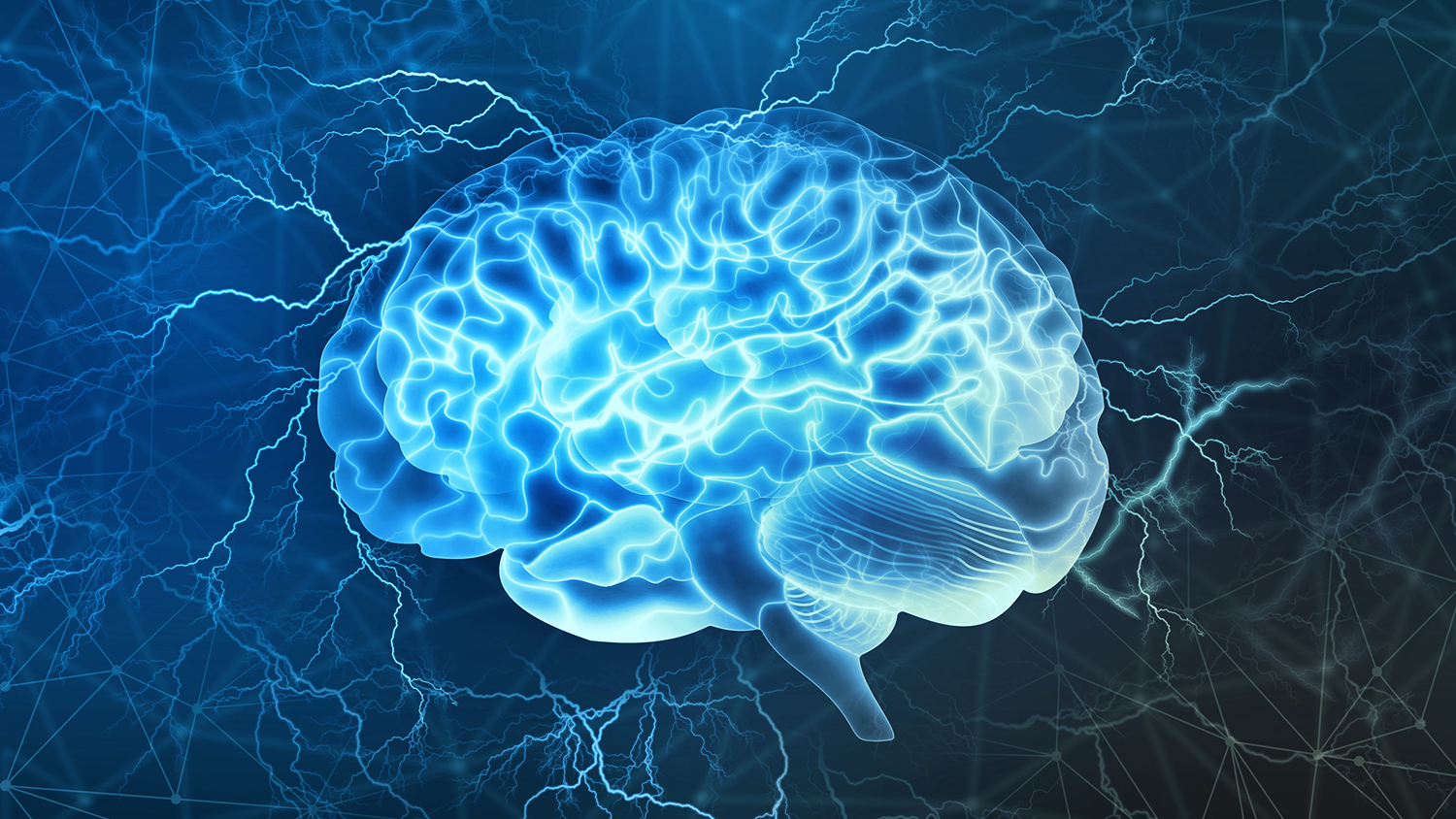
A neuroscience project is looking at how digital navigational systems can be upgraded so they are more efficient and help improve rather than downgrade human memory.
Cognitive maps drawn by human brains using systems like GPS mapping are incomplete and fragmented compared to when using a traditional map.
The five-year InnerMap research project will look at ways of improving mapping systems used on phones and other devices so that they enhance our spatial orientation skills.
Professor Frank Dickmann, holder of the Chair of Cartography at the Institute of Geography at Ruhr University Bochum, Germany, has been awarded €2.5m (£2.2m) for the project from the European Research Council (ERC).
The full title of the InnerMap project is ‘a novel approach to improved navigation performance through memory triggering maps’.
Prof Dickmann said: “As our reliance on digital devices increases, we urgently need to develop more efficient ways of displaying maps in navigation systems that will enhance our spatial orientation skills rather than reduce them.”
Grid cells in the human brain
Environmental stimuli such as walls or boundaries affect the activity of grid cells in the human brain. These cells are activated when a person is travelling a route but also when they are imagining it, such as when reading a map.
The research will look to see if adding signposting, such as distinctive lines or graphic patterns, in digital navigation systems can recreate this effect by engaging the grid cells in the human brain and improve spatial orientation and mapping memory.
Functional magnetic resonance imaging (fMRI), electroencephalographic (EEG) monitoring, virtual reality and behavioural studies (eye tracking) will be used to identify visualisation mechanisms that work.
Don’t miss out on BIM and digital construction news: sign up to receive the BIMplus newsletter.












